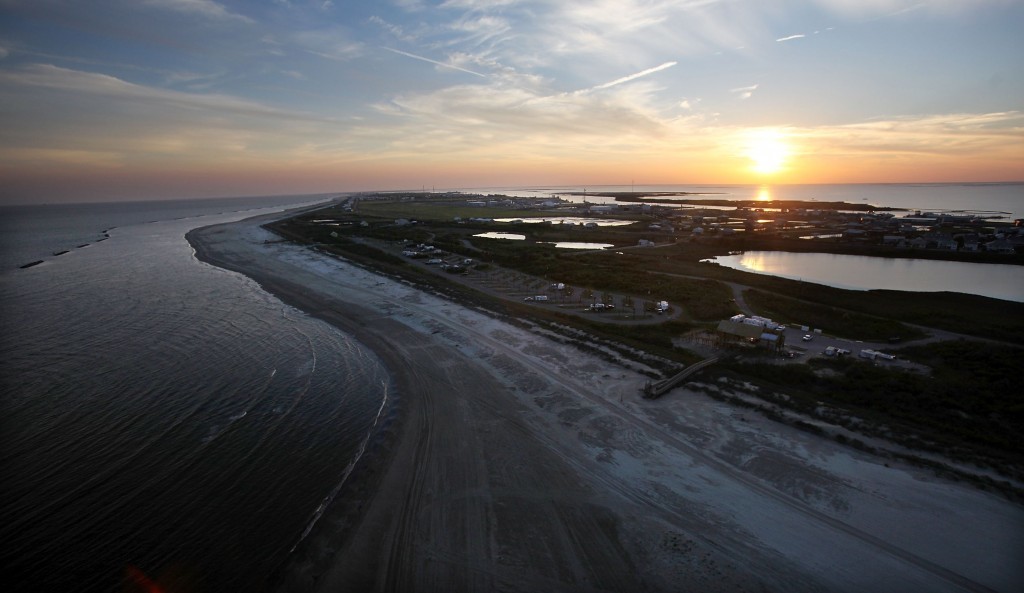
Research by scientists in the Gulf of Mexico has found dolphins who died following the 2010 BP Macondo oil spill had rare lesions linked to petroleum exposure.
The study, researchers said, showed dead dolphins tissue rounded out into a spike in the region affected by the oil spill five years ago.
After millions of barrels of crude oil spilled into the region, dolphin deaths were seen around coastal Louisiana, Alabama and Mississippi, according to the NOAA (National Oceanic and Atmospheric Administration).
It was found more than 1,200 cetacean marine mammals, mostly bottlenose dolphins, have been found beached or stranded since the spill.
The rate has been described as an ongoing “unusual mortality event” under the 1972 Marine Mammal Protection Act.
Researches compared tissue samples from 46 dolphins in areas affected by the spill with 106 dolphins that were not exposed.
A third of the dolphins exposed to oil had suffered rare adrenal damage, which was consistent with petroleum exposure.
Only 7% of dolphins away from the spill had similar adrenal disease.
Dolphins found near the spill were also found to be more likely to have lung damage and pneumonia, researchers found.
A BP spokesman responded to the study and said:”The data we have seen thus far, including the new study from NOAA, do not show that oil from the Deepwater Horizon accident caused an increase in dolphin mortality.”
Recommended for you
